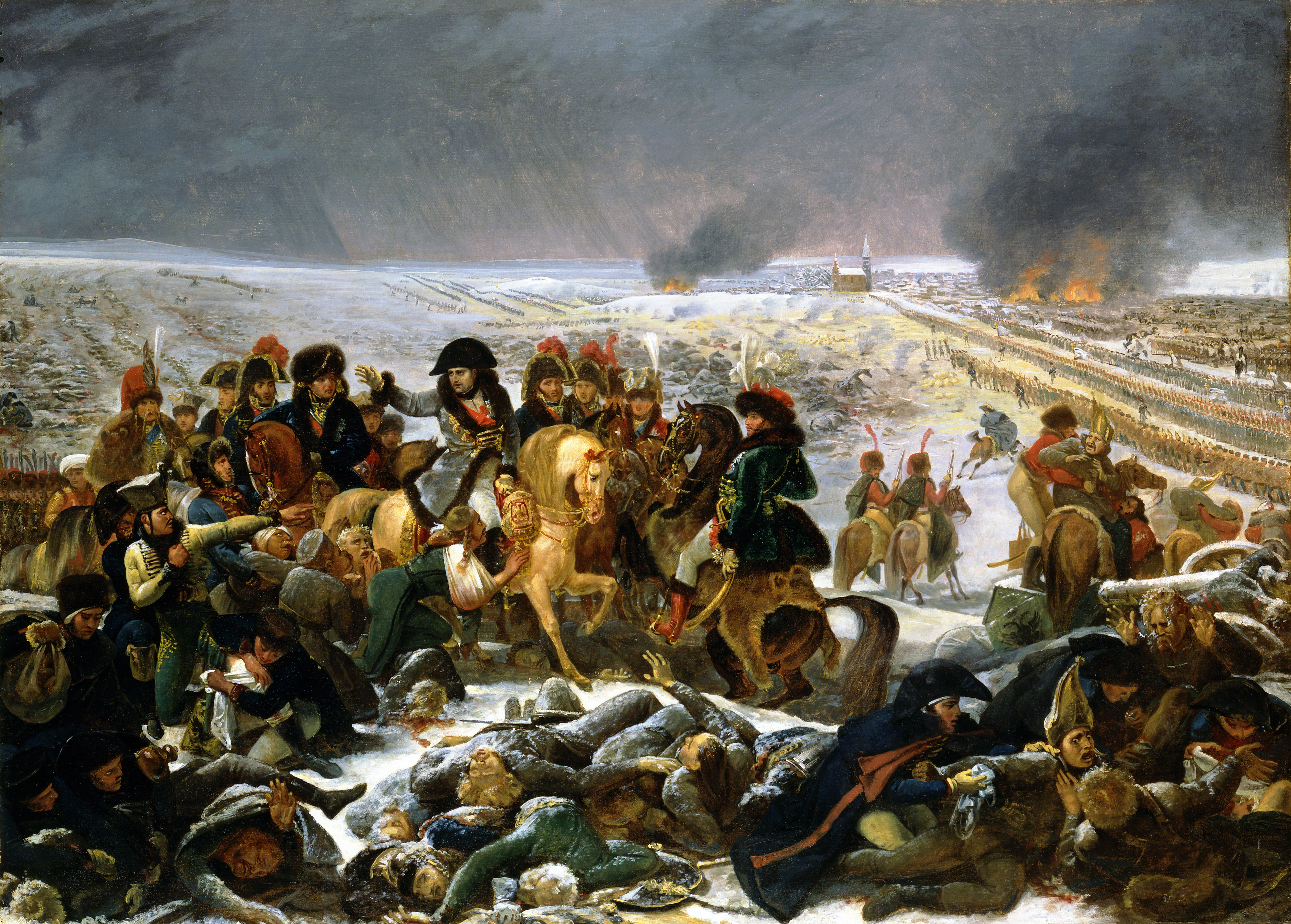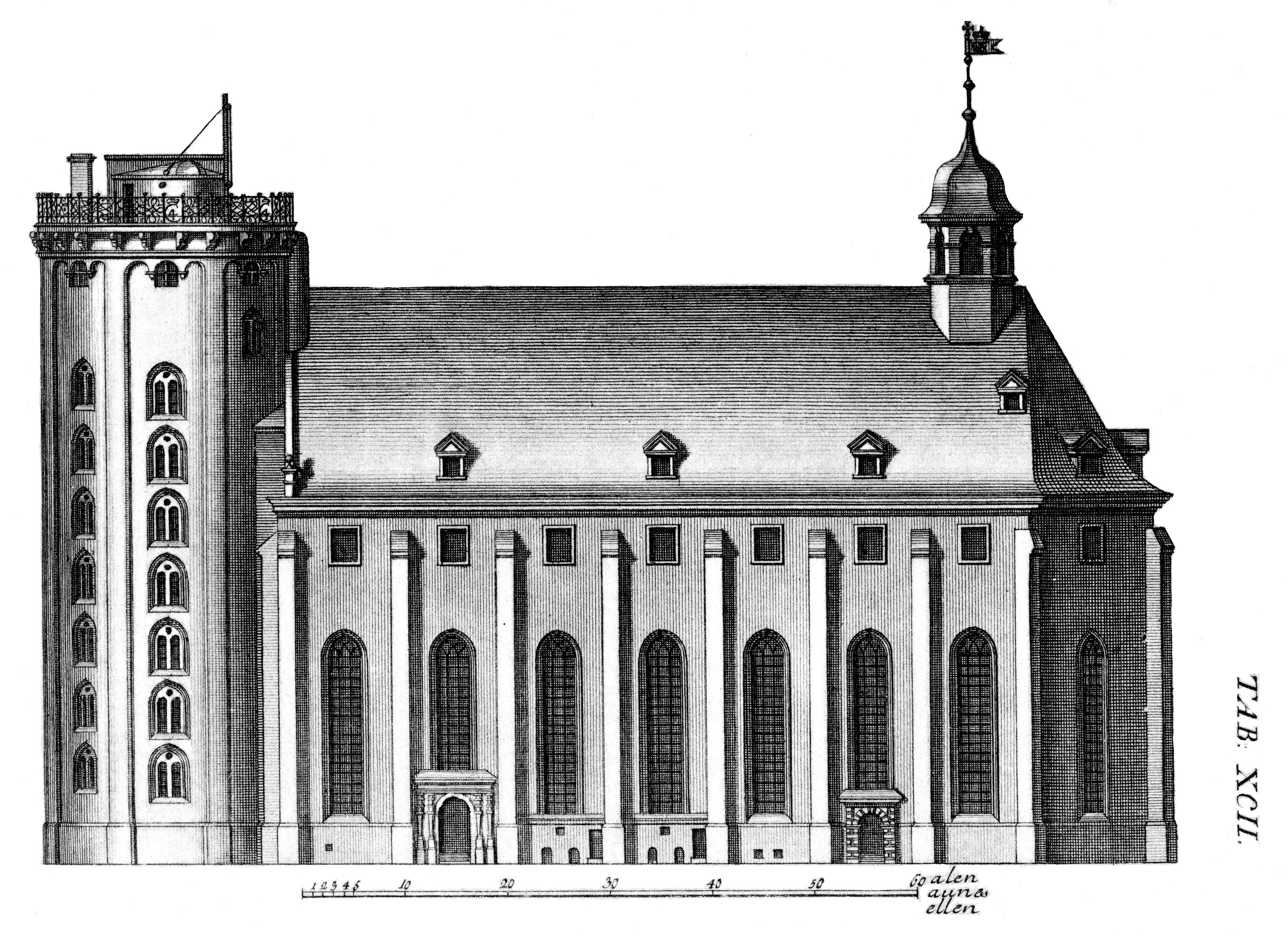|
1807 In Denmark
Events from the year 1807 in Denmark. Incumbents * Monarch – Christian VII * Prime minister – Christian Günther von Bernstorff Events * 7 January – England declares an embargo against France and its allies, including Denmark-Norway. * 29 January – The Danish fortress Frederiksnagore surrenders to the British forces and will remain occupied until 1815. Trankebar and the Danish West Indies are also occupied by the British during the conflict. * 17 April – The Royal Institute for the Deaf is founded in Copenhagen. * 6 May – Mozart's Don Juan is performed in Copenhagen for the first time, with Édouard Du Puy in the title role. * 29 August – The Battle of Køge, also known as the 'Clogs Battle', between British troops besieging Copenhagen and Danish militia raised on Zealand ends in British victory. * 16 August – British troops land at Vedbæk. * 29–31 August – Battle at Classens Have which is destroyed. * 2 September – Bombardment of Copenhagen starts: ... [...More Info...] [...Related Items...] OR: [Wikipedia] [Google] [Baidu] |
1807
Events January–March * January 7 – The United Kingdom of Great Britain and Ireland issues an Order in Council prohibiting British ships from trading with France or its allies. * January 20 – The Sierra Leone Company, faced with bankruptcy because of the outlawing of the slave trade in British colonies, petitions the British government for purchase and transfer of its property to the Crown; Parliament approves the transfer on July 29, and it takes effect on January 1, 1808. * February 3 – Napoleonic Wars and Anglo-Spanish War – Battle of Montevideo: The British Army captures Montevideo from the Spanish Empire, as part of the British invasions of the Río de la Plata. * February 7 – Napoleon leads the forces of the French Empire in an invasion of the Russian Empire, and begins fighting at the Battle of Eylau against Russian and Prussian forces. * February 8 – Battle of Eylau: Napoleon fights a hard but inconclusive battle against the Russians under Benni ... [...More Info...] [...Related Items...] OR: [Wikipedia] [Google] [Baidu] |
Vedbæk
Vedbæk is a wealthy suburban neighbourhood on the coast north of Copenhagen, Denmark. It belongs to Rudersdal Municipality and has merged with the town of Hørsholm to the north. The area has been inhabited for at least 7,000 years, as evidenced by the discovery of a Mesolithic cemetery of the Ertebølle culture. By the 16th century, there were a few small farms and fishermen's houses on the site and in the 18th century, well-to-do townsfolk from Copenhagen started to build country houses in the area. After a paddle steamer began to call at Vedbæk on its journey from Copenhagen to Helsingør, there was an influx of visitors. There are a number of large country houses and a historic church. There has been a railway station for some time and there are popular sandy beaches to the north and south. Enrum Forest is open to the public and provides recreational facilities. History Prehistoric times The Vedbæk area has been inhabited for at least 7,000 years as evidenced by the so-c ... [...More Info...] [...Related Items...] OR: [Wikipedia] [Google] [Baidu] |
Georg Hilker
Georg Hilker (5 June 1807 – 13 January 1875) was a Danish decorative painter active during the Danish Golden Age in the first half of the 19th century. He collaborated with painter Constantin Hansen (1804–1880). Early life and career Hilker was born to navigator Christian Hilker and Marie Margrethe (née Vest) and Christian Hilker, a shipmaster who later served as a customs officer. At the age of 13, he enrolled at the Royal Danish Academy of Fine Arts. After first training in landscape painting and winning two silver medals at the model school, Hilker turned to decorative painting. While still a student, he participated in decorating the residence of Hermann Ernst Freund (1786–1840), an Academy professor of sculpture, in the former Supply Building on Slotsholmen. This project introduced him to the Pompeian Styles which would characterize much of his later work. He also worked on other notable projects, including the decoration of Christiansborg and Amalienborg Palaces. ... [...More Info...] [...Related Items...] OR: [Wikipedia] [Google] [Baidu] |
1871 In Denmark
Events from the year 1871 in Denmark. Incumbents * Monarch – Christian IX * Prime minister – Ludvig Holstein-Holsteinborg Events * 2 January – The '' Stöðulög'', laws on the constitutional standing of Iceland within the Danish realm, are passed. * 5 October – ''Den Danske Landmandsbank, Hypothek- og Vexelbank i Kjøbenhavn'', present-day Danske Bank, is founded. * 15 October – The Social Democratic party is founded by Louis Pio, Harald Brix and Paul Geleff. * 8 November – At '' Lyksborg Slot'', Princess Thyra gives birth to a daughter, conceived in a love affair with a cavalry lieutenant. The girl is adopted by a couple in Odense shortly after birth. Date unknown * The first private kindergarten in Denmark is established in Copenhagen by writer Erna Juel-Hansen. Kindergarten with public support are not seen until 1901. * The Danish Women's Society, the world's oldest women's rights organization, is founded. Births * 15 February – Martin Knudsen, physicist a ... [...More Info...] [...Related Items...] OR: [Wikipedia] [Google] [Baidu] |
Voice Pedagogy
Vocal pedagogy is the study of the art and science of voice instruction. It is used in the teaching of singing and assists in defining what singing is, how singing works, and how proper singing technique is accomplished. Vocal pedagogy covers a broad range of aspects of singing, ranging from the physiological process of vocal production to the artistic aspects of interpretation of songs from different genres or historical eras. Typical areas of study include: : * Human anatomy and physiology as it relates to the physical process of singing. * Breathing and air support for singing * Posture for singing * Phonation * Vocal resonation or voice projection * Diction, vowels and articulation * Vocal registration * Sostenuto and legato for singing * Other singing elements, such as range extension, tone quality, vibrato, coloratura * Vocal health and voice disorders related to singing * Vocal styles, such as learning to sing opera, belt, or art song * Phonetics * Voice classification All ... [...More Info...] [...Related Items...] OR: [Wikipedia] [Google] [Baidu] |
Henrik Rung
Henrik Rung (March 30, 1807 - December 12, 1871) was a Danish composer. Biography Henrik Rung was born in Copenhagen. Rung received training with the Royal Danish Orchestra in Copenhagen. He received a travel grant to study in Germany, Italy and Paris (1837-1840). In 1842, Rung became a singing master and held a lifelong position as a director of the opera at the Royal Danish Theatre. In 1841 he married the opera singer Pauline Lichtenstein. His son Frederik Rung (1854-1914) was also a composer and his daughter Sophie Keller (1850–1929) was an opera singer at the Royal Danish Theatre The Royal Danish Theatre (RDT, Danish: ') is both the national Danish performing arts institution and a name used to refer to its old purpose-built venue from 1874 located on Kongens Nytorv in Copenhagen. The theatre was founded in 1748, first s .... Works, editions and recordings * Songs on Roses and Love. Helene Wold (Soprano), Per Andreas Tonder (Baritone), Eugene Asti (Piano), Veg ... [...More Info...] [...Related Items...] OR: [Wikipedia] [Google] [Baidu] |
Trinitatis Church
The Trinitatis Church (''Trinitatis Kirke'') is located in central Copenhagen, Denmark. It is part of the 17th century Trinitatis Complex, which includes the Rundetårn astronomical observatory tower and the Copenhagen University Library, in addition to the church. Built in the time of Christian IV, the church initially served the students of Copenhagen University. It is situated at the corner of Landemærket and Købmagergade. The interior was seriously damaged in the fire of 1728 but was rebuilt in 1731. , Visit Copenhagen. Retrieved 16 December 2012. History Initial plans in 1635 were for a student church at , the |
Charlottenborg Palace
Charlottenborg Palace ( da, Charlottenborg Slot) is a large town mansion located on the corner of Kongens Nytorv and Nyhavn in Copenhagen, Denmark. Originally built as a residence for Ulrik Frederik Gyldenløve, it has served as the base of the Royal Danish Academy of Fine Arts since its foundation in 1754. Today it also houses Kunsthal Charlottenborg, an institution for contemporary art, and Danmarks Kunstbibliotek, the Royal Art Library. History Gyldenløve's mansion The site was donated by King Christian V to his half brother Ulrik Frederik Gyldenløve on 22 March 1669 in connection with the establishment of Kongens Nytorv. Gyldenløve built his new mansion from 1672 to 1683 as the first building on the new square. The main wing and two lateral wings were built from 1672 to 1677, probably under the architect Ewert Janssen. In 1783 the mansion was extended with a rear, fourth wing designed by Lambert van Haven. The bricks used were brought from Kalø Castle in Jutland, which ... [...More Info...] [...Related Items...] OR: [Wikipedia] [Google] [Baidu] |
Holmen Naval Base
Naval Station Holmen ( da, Flådestation Holmen) is one of several naval stations of the Royal Danish Navy, supplementing the two Danish naval bases in Frederikshavn and Korsør. Founded in the late 17th century, it is also a visitor attraction with many historical buildings that has played a vital role in the history of Denmark as well as Copenhagen. The naval base used to occupy the entire area of Holmen, which was in fact created by a series of landfills to house it, but is now confined to its northernmost island of Nyholm. Holmen was for many years the base of command for the Danish Naval Flag and has through the times been called Nyholm (which is the name of one of the islands), the Navy's Base and Naval Station or Naval Base, Copenhagen. It was never actually named Naval Station Holmen (''Flådestation Holmen''), even though many people not in the Navy have used this name. For over 300 years, the facility at Holmen was Denmark's largest employer. Today the Navy only has ... [...More Info...] [...Related Items...] OR: [Wikipedia] [Google] [Baidu] |
Brig
A brig is a type of sailing vessel defined by its rig: two masts which are both square rig, square-rigged. Brigs originated in the second half of the 18th century and were a common type of smaller merchant vessel or warship from then until the latter part of the 19th century. In commercial use, they were gradually replaced by fore-and-aft rigged vessels such as schooners, as owners sought to reduce crew costs by having rigs that could be handled by fewer men. In Royal Navy use, brigs were retained for training use when the battle fleets consisted almost entirely of iron-hulled steamships. Brigs were prominent in the coasting coal trade of British waters. 4,395 voyages to London with coal were recorded in 1795. With an average of eight or nine trips per year for one vessel, that is a fleet of over 500 colliers trading to London alone. Other ports and coastal communities were also be served by colliers trading to Britain's coal ports. In the first half of the 19th century, the va ... [...More Info...] [...Related Items...] OR: [Wikipedia] [Google] [Baidu] |
Frigates
A frigate () is a type of warship. In different eras, the roles and capabilities of ships classified as frigates have varied somewhat. The name frigate in the 17th to early 18th centuries was given to any full-rigged ship built for speed and maneuverability, intended to be used in scouting, escort and patrol roles. The term was applied loosely to ships varying greatly in design. In the second quarter of the 18th century, the 'true frigate' was developed in France. This type of vessel was characterised by possessing only one armed deck, with an unarmed deck below it used for berthing the crew. Late in the 19th century (British and French prototypes were constructed in 1858), armoured frigates were developed as powerful ironclad warships, the term frigate was used because of their single gun deck. Later developments in ironclad ships rendered the frigate designation obsolete and the term fell out of favour. During the Second World War the name 'frigate' was reintroduced to des ... [...More Info...] [...Related Items...] OR: [Wikipedia] [Google] [Baidu] |
Ship Of The Line
A ship of the line was a type of naval warship constructed during the Age of Sail from the 17th century to the mid-19th century. The ship of the line was designed for the naval tactic known as the line of battle, which depended on the two columns of opposing warships maneuvering to volley fire with the cannons along their broadsides. In conflicts where opposing ships were both able to fire from their broadsides, the opponent with more cannons firingand therefore more firepowertypically had an advantage. Since these engagements were almost invariably won by the heaviest ships carrying more of the most powerful guns, the natural progression was to build sailing vessels that were the largest and most powerful of their time. From the end of the 1840s, the introduction of steam power brought less dependence on the wind in battle and led to the construction of screw-driven wooden-hulled ships of the line; a number of purely sail-powered ships were converted to this propulsion mech ... [...More Info...] [...Related Items...] OR: [Wikipedia] [Google] [Baidu] |





.png)



